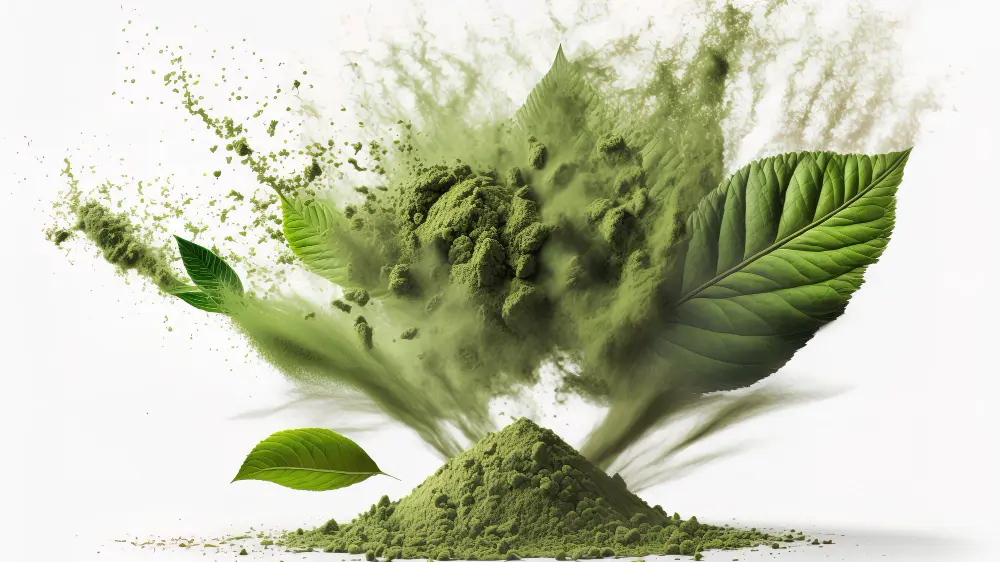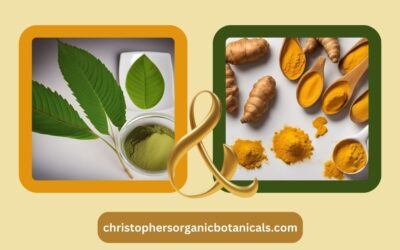Kratom Vs. Matcha: How One Is Better Than The Other?
Regarding the intriguing comparison of Kratom vs. Matcha, one cannot help but investigate the unique characteristics that set them apart. Mitragyna Speciosa, a botanical substance derived from Southeast Asia, has gained popularity for its potential effects and diverse strains. On the other hand, Matcha, a vibrant powdered green tea with Japanese origins, has captivated tea enthusiasts worldwide with its rich cultural significance and invigorating qualities.
While both substances offer distinct allure, exploring the factors that make one better than the other brings a fascinating discussion. Join us as we explore kratom and Matcha, highlighting their strengths and unique appeal.
Origins of kratom and Matcha
Kratom and Matcha come from different places and have unique histories, but they are both made from plants.
Let’s dive into the origins of each:
Kratom (Mitragyna speciosa)
Origin: Kratom is native to Southeast Asia, particularly in countries like Thailand, Malaysia, Indonesia, and Papua New Guinea.
Historical Use: Traditionally, in its native regions, the leaves of the Kratom tree have been chewed or brewed into a tea for their energizing effects, especially by workers to combat fatigue and increase productivity. In higher doses, it can have tiring effects.
Matcha
Origin: Matcha is finely ground powder of specially grown and processed green tea leaves. It originates from China but is most famously associated with Japanese culture.
Historical Use: Japan introduced matcha from China in the 12th century. The Zen Buddhists incorporated matcha into their rituals, and it became an integral part of Japanese tea ceremonies. It is used for its health benefits and caffeine. It gives a calm alertness because of L-theanine and caffeine.
While both Kratom and Matcha are plant-based and can be consumed in tea form, their effects, cultural significance, and uses are quite different. Kratom affects receptors and is controversial due to possible misuse and health worries. Matcha is a type of green tea, known for its antioxidants and health advantages.
Kratom and Matcha are distinct substances with different origins, contributing to their unique characteristics. Kratom, scientifically known as Mitragyna speciosa, is derived from the leaves of a tropical tree native to Southeast Asia, including countries like Thailand, Indonesia, Malaysia, and Papua New Guinea. On the other hand, Matcha is a type of powdered green tea that originated in Japan.
The tea leaves used for Matcha are specially grown and processed, resulting in a unique flavor profile and nutritional properties. Understanding the origins of kratom and Matcha supplies insight into their cultural significance and geographical associations.
Comparing kratom and Matcha
In a world filled with diverse botanicals and beverages, Kratom and Matcha have emerged as captivating contenders in natural stimulants. Each possessing a rich cultural heritage and a devoted following, Kratom and Matcha offer unique experiences and potential benefits that set them apart. Delving into the intricacies of these substances, we embark on a journey to explore how one may be considered better than the other, examining their characteristics beyond health benefits and side effects.
Appearance
Let us embark upon their appearance. Kratom, sourced from the Mitragyna speciosa tree indigenous to Southeast Asia, is commonly available as dried leaves or finely ground powder. These dark green leaves possess a lustrous sheen, exhibiting natural elegance.
Contrastingly, Matcha, a powdered green tea from Japan, is meticulously crafted from shade-grown tea leaves. The resultant powder, a vibrant green color, boasts a velvety and smooth texture, captivating the senses.
Cost
Shifting our focus to cost, kratom, and Matcha showcase discrepancies in terms of affordability. Mitragyna Speciosa, especially premium strains or extracts, often commands a higher price tag.
Factors such as sourcing, potency, and quantity influence its cost. In contrast, Matcha tends to be more accessible and budget friendly. While ceremonial-grade Matcha represents the pinnacle of quality and thus carries a heftier price, standard variants offer more economical alternatives.
Taste & Flavor
As we explore taste and flavor, the dichotomy between kratom and Matcha emerges distinctly. Kratom presents an earthy and bitter taste, occasionally robust and overpowering. Nevertheless, certain strains offer milder flavor profiles.
In contrast, Matcha captivates the palate with its unique, slightly vegetal essence. You can describe its flavor as sweet, grassy, and imbued with umami notes. The traditional whisking method or incorporating Matcha into diverse culinary creations can accentuate the richness and smoothness of its taste.
Dosage
Dosage plays a crucial role when consuming kratom or Matcha. Kratom dosage is contingent upon strain, potency, and individual tolerance variables.
Typically measured in grams, lower doses of kratom produce stimulating effects, while higher doses lean towards sedation. Because matcha is concentrated, it requires smaller quantities. However, preferences may vary; traditional Matcha serving ranges from 1 to 2 grams.
Chemistry
Chemistry unravels another layer of distinction between kratom and Matcha. Kratom encompasses alkaloids, primarily mitragynine and 7-hydroxymitragynine, which interact with opioid receptors, eliciting diverse effects. In contrast, as a green tea variant, Matcha harbors caffeine and L-theanine. Combining these compounds in Matcha bestows a unique, sustained energy boost without the typical jitters of other caffeinated beverages.
Safety
Safety stands as an indispensable consideration when consuming any substance. While both kratom and Matcha are generally deemed safe for most individuals, it is worth noting that kratom carries potential risks and side effects, especially when consumed in high doses or in conjunction with other substances. Matcha, on the other hand, enjoys widespread recognition as safe when consumed in moderation. Nonetheless, individuals sensitive to caffeine or those with certain health conditions should exercise caution.
Legality Status
Kratom’s legal status is a subject of ongoing debates and discussions among policymakers, health professionals, and the public. Some countries have strictly banned kratom’s sale, possession, or use due to concerns about its potential risks and addictive properties. On the other hand, other nations have chosen to regulate kratom by implementing specific guidelines and restrictions to ensure responsible usage. In contrast, Matcha enjoys a more favorable legal standing across the globe.
Being a form of green tea, Matcha is a widely accepted and legally accessible beverage. Its consumption is not typically subject to stringent regulations or restrictions, making it readily available in markets, tea shops, and online stores worldwide.
Is it safe to mix kratom and Matcha?
While kratom and Matcha have distinct characteristics, the question arises: Is it safe to mix kratom and Matcha? Mixing kratom and Matcha is not recommended due to potential interactions and the combined effects of the substances. Each substance has unique properties and intended uses and combining them may lead to unpredictable outcomes.
Kratom contains alkaloids interacting with the brain’s receptors, while Matcha contains caffeine and antioxidants. The combination of these substances may result in intensified effects or adverse reactions.
It is best to consume mitragyna speciosa and Matcha separately and according to the recommended guidelines. By doing so, individuals can experience the effects of each substance individually and have better control over their experiences. Safety considerations should always be prioritized when using substances, and responsible usage is advised.
Conclusion
In the ongoing debate of kratom vs. Matcha, it becomes clear that both substances possess unique characteristics that cater to different preferences and needs. While speciosa offers a distinctive experience with its diverse strains and potential effects, Matcha stands out as a renowned beverage with its rich cultural heritage and invigorating qualities.
Rather than focusing on superiority, it is essential to acknowledge the individuality of each substance and the subjective nature of personal preferences. Ultimately, the choice between speciosa and Matcha boils down to personal taste, cultural significance, and desired effects, making it a matter of personal exploration and discovery.






0 Comments